Non-Estuarine Waterbird Survey
The United Kingdom is internationally important for its numbers of wintering waterbirds, and many of these are monitored annually by the Wetland Bird Survey (WeBS) counts. However, WeBS counts are mostly made on estuaries and inland waterbodies, with only a limited amount of non-estuarine coast regularly surveyed, leaving the majority of the coastline uncounted. It is known that important populations of several species such as Purple Sandpipers and Turnstone occur around our shores outside of estuaries, and consequently are not monitored annually. There have been four periodic surveys focussed on covering these important and under-recorded habitats: the Winter Shorebird Count (WSC) in 1984/85, the first Non-Estuarine Waterbird Survey (NEWS I) in 1997/98, NEWS II in 2006/07, and NEWS III in 2015/16.
NEWS III Results
Explore the county level results of the 2015/16 NEWS III survey and the three previous surveys using our NEWS Report Online interface. The results for NEWS III were published as a research report and paper. There is also a brief summary of the report and paper in the 2015/16 WeBS Annual Report and 2019/20 WeBS Annual Report.
For more information on each of the four surveys, please see the completed projects summaries.
Can I take part?
Currently, there is no national Non-estuarine Waterbird Survey taking place, but NEWS coastal stretches can be surveyed as part of WeBS Core Counts if you are able to commit to monthly counts. Please contact us to discuss if you would be interested, even if the stretch of coast is not currently set up as a WeBS site.
How the survey worked
The non-estuarine coastline was broken up into count sectors approximately 2km long, though some were shorter and some longer. There were 10 priority sectors which were selected at random in each region. These priority sectors were allocated first and then the others were made available for allocation. The survey ran from 1st December 2015 to 28th February 2016 and just a single count was completed, with all birds and mammals using the sector recorded.
*** The recording period for the Non-Estuarine Waterbird Survey has now ended, but the guidance is shown below for reference***
How volunteers took part
- This survey was suited to volunteers who were confident in identifying waders and other coastal birds.
- The survey was carried out in conjunction with the Wetland Bird Survey, with data submitted through the NEWS section of the WeBS Online data entry system.
- Counters were asked to register for NEWS and then used the online facility to request a sector(s). They were asked to request a priority sector if at all possible to faciliate change analyses from previous surveys.
- Counters then made a single visit to their chosen sector(s) between 1st December 2015 and 28th February 2016 (due to adverse weather conditions the count period was extended to the end of February from the end of January).
The Non-Estuarine Waterbird Survey was supported by the Irish Wetland Bird Survey.
Sample Count Form
NEWS Instructions
- to be used in conjunction with the instruction on the NEWS count form.
FAQs for surveyors
How do I record seabirds on cliffs? - Seabirds (eg Fulmar, Shag, Kittiwake etc) using a cliff face or breeding ledges should be recorded as intertidal rather than being on the land
What about birds on rocks out to sea? - Any area exposed at low tide that can be used by waders to forage should be thought of as intertidal, even if it is out to sea.
I can't cover all of my sector due to access problems - Please add your true start and end grid references to the Notes section when entering your data.
Video Tutorials for Volunteers
Video Tutorial for Regional Organisers
Will you repeat the NEWS survey?
We hope to repeat the NEWS survey in a few years' time. More details will be released when a repeat survey has been confirmed.
Related Publications
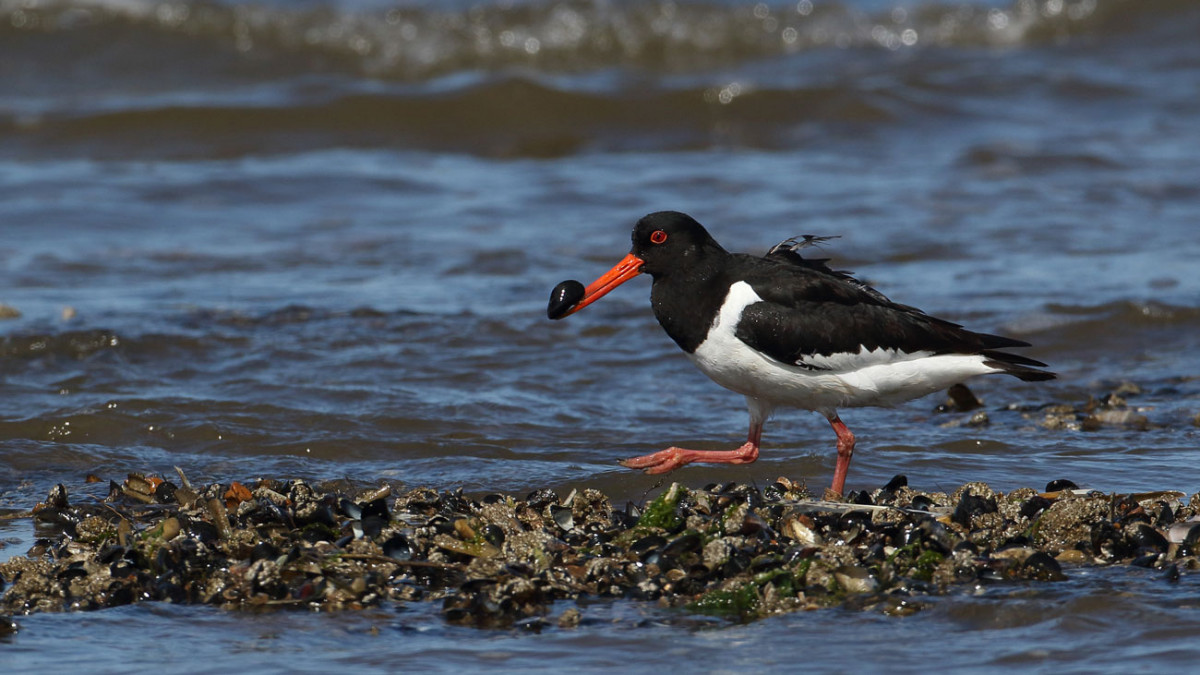
Wader populations on the UK’s open coast: results of the 2015/16 Non-Estuarine Waterbird Survey (NEWS-III) and a review of population trends
Wader population trends on the UK's open coast
Bird Study
Newly published research from BTO underlines the importance of the UK’s rocky shores and sandy beaches for waterbird species.
More Details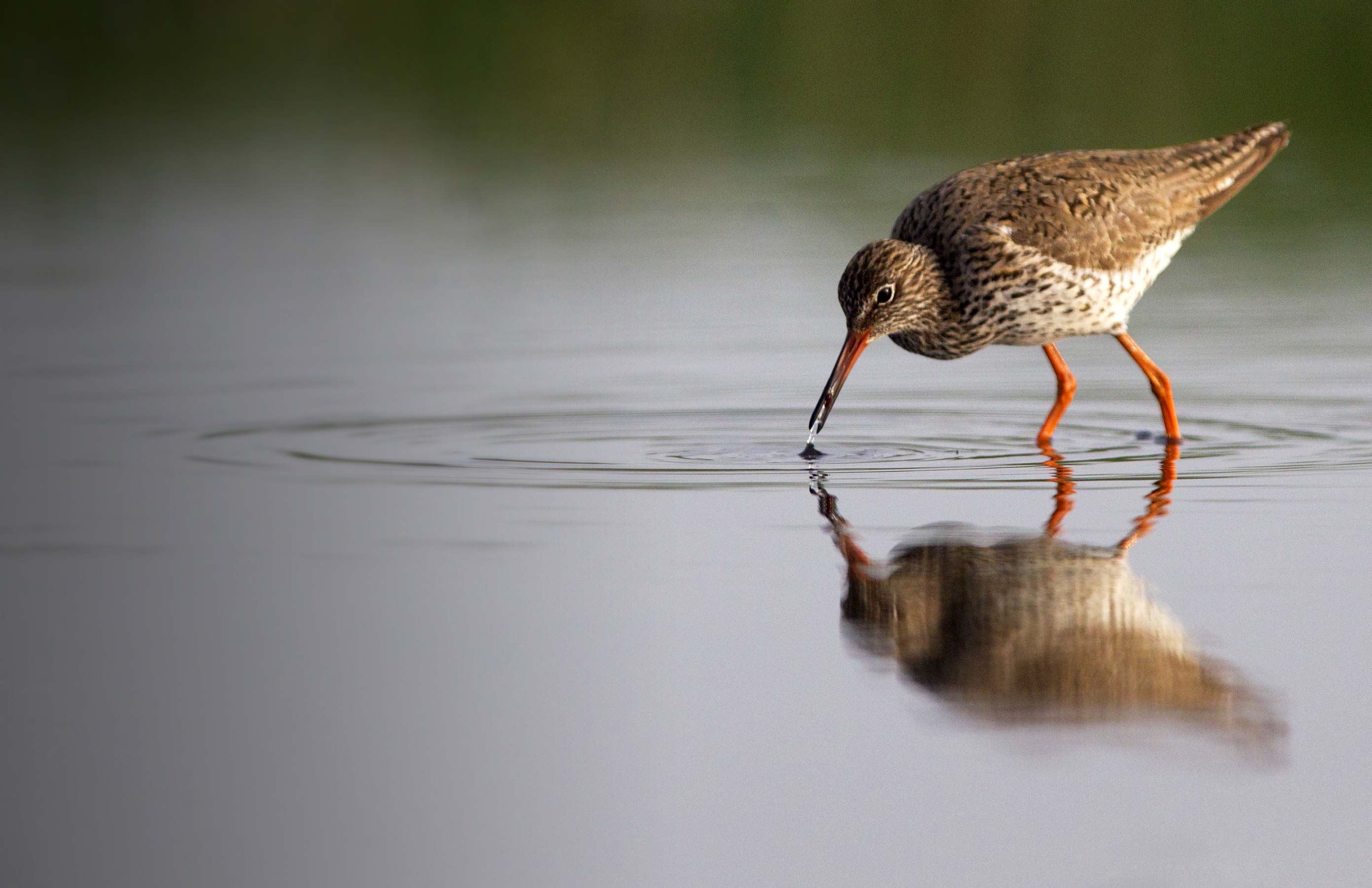
Results of the third Non-Estuarine Waterbird Survey, including Population Estimates for Key Waterbird Species
During December, January and February of the winter of 2015/16 the BTO organised the third Non-estuarine Waterbird Survey (NEWS III), the fourth in a series of coordinated winter surveys.
More Details
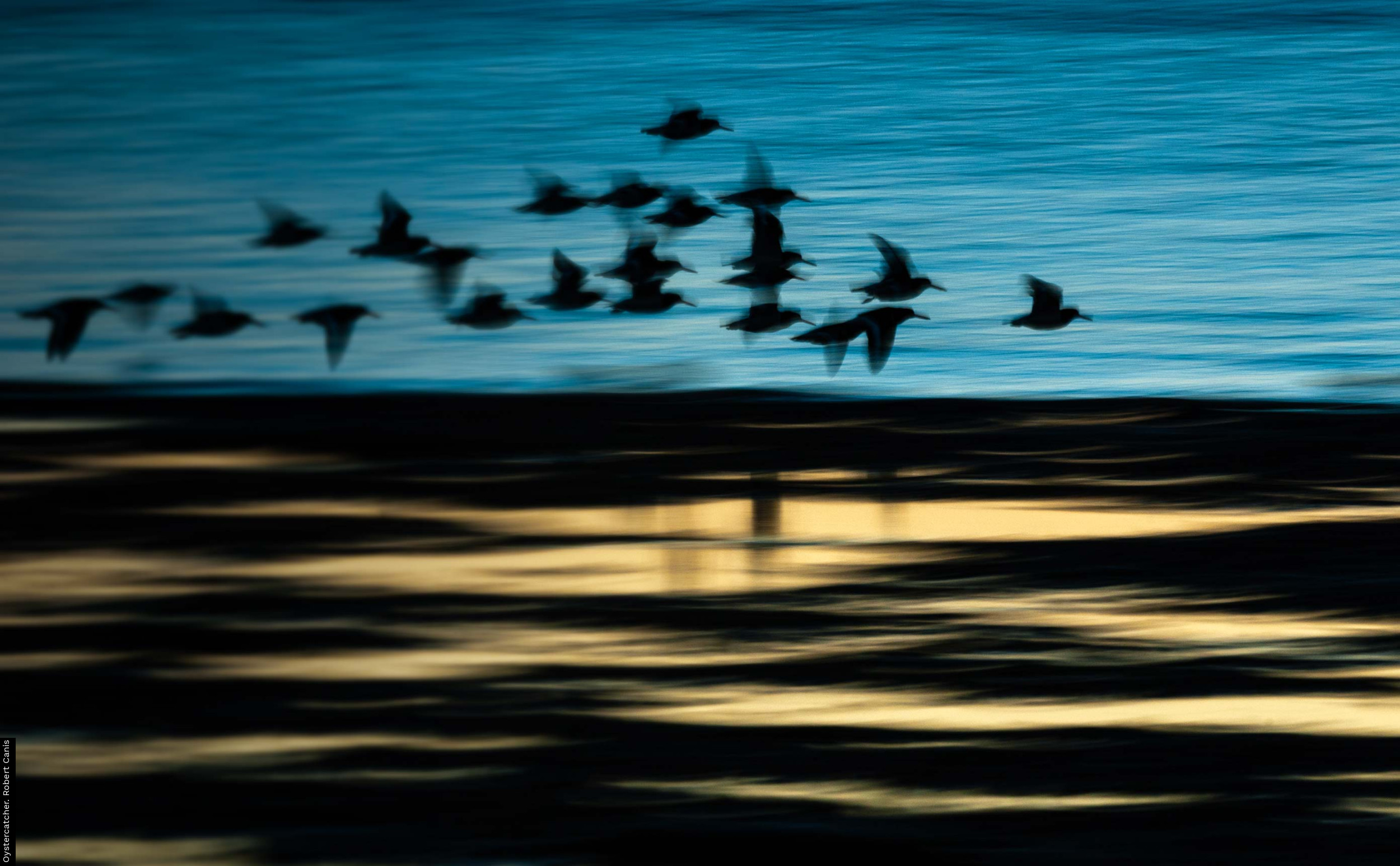


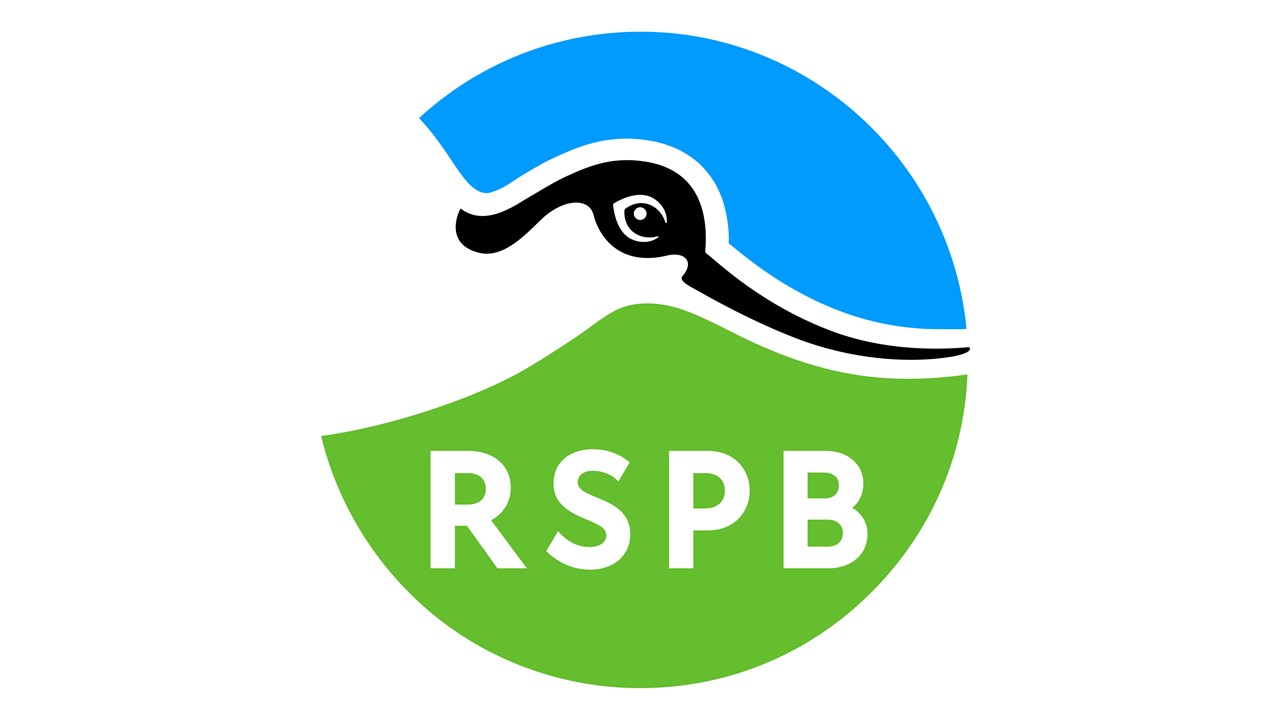

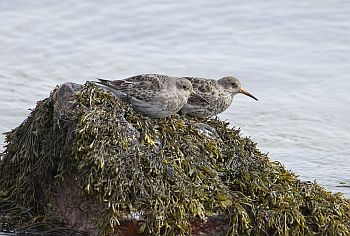





Share this page